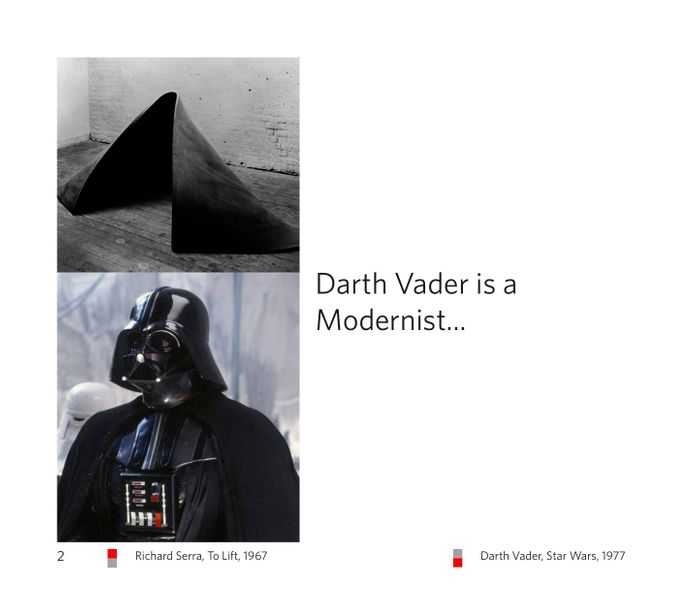I posted earlier about OK Go’s fantastic Rube Goldberg music video. I had assumed that because that video is embeddable the band had made inroads in convincing EMI to reverse their prohibition on video embeds. It turns out that OK Go decided to drop their label and form their own. From Fast Company:
OK Go rocketed up through the indie rock world in large measure due to the band’s brilliant, lo-fi music videos, which have spread like wildfire on YouTube. But EMI, in a misguided attempt to wring every penny out of the band’s success, decided to block embedding on the YouTube videos – meaning the videos were unable to disseminate out through music and pop culture blogs, news sites, and personal blogs the way they did before the restriction. And that’s not a minor detail: the band saw a 90% drop in views when that restriction went into effect. As in, 100,000 views one day, 10,000 views the next.
It’s obvious what the bands have at stake in this situation: more people watching their music videos translate into more exposure. Which means more income for the band. One would assume that what’s good for the band is also good for the record labels. Why would they undermine their own success?
Read more →
